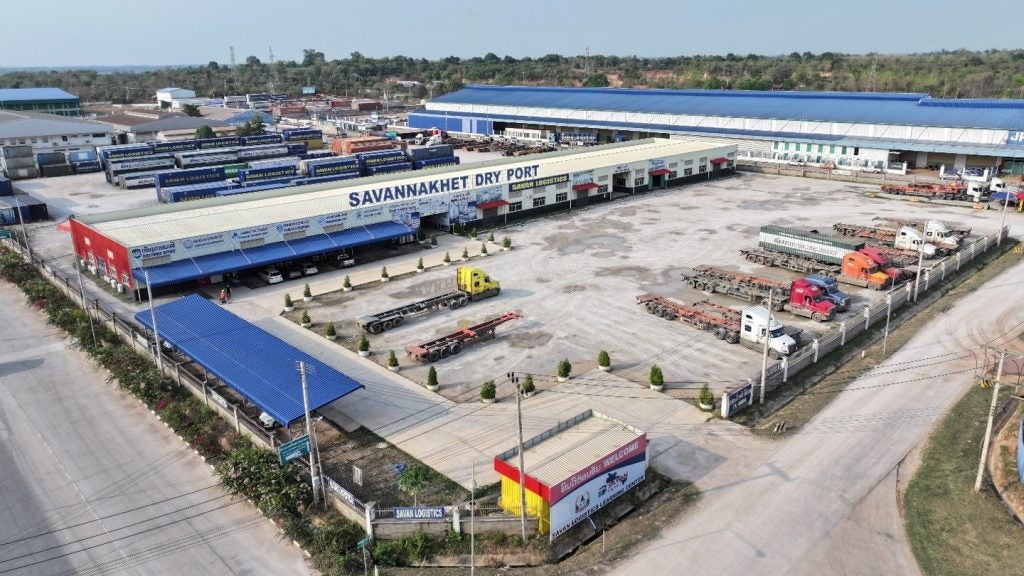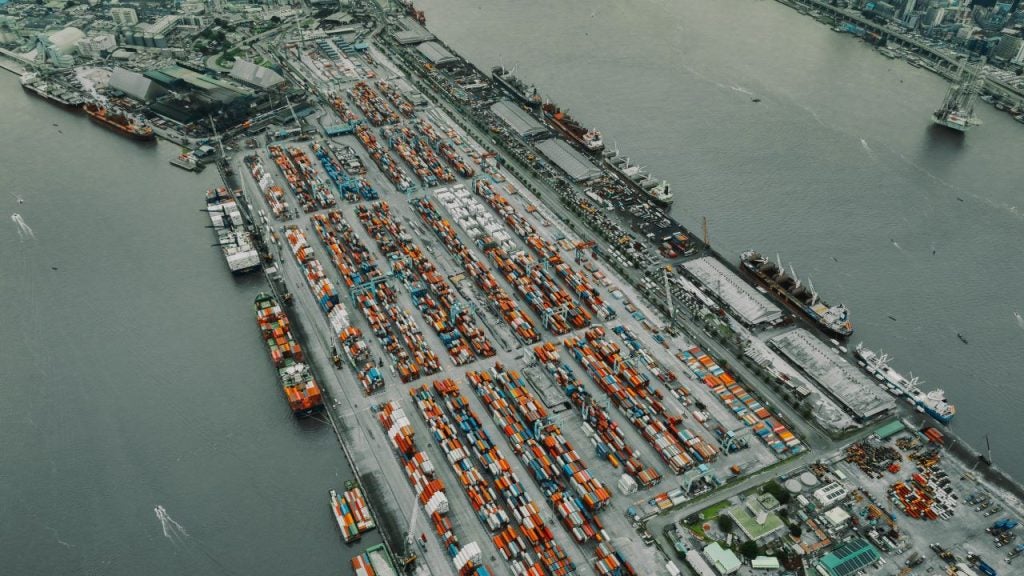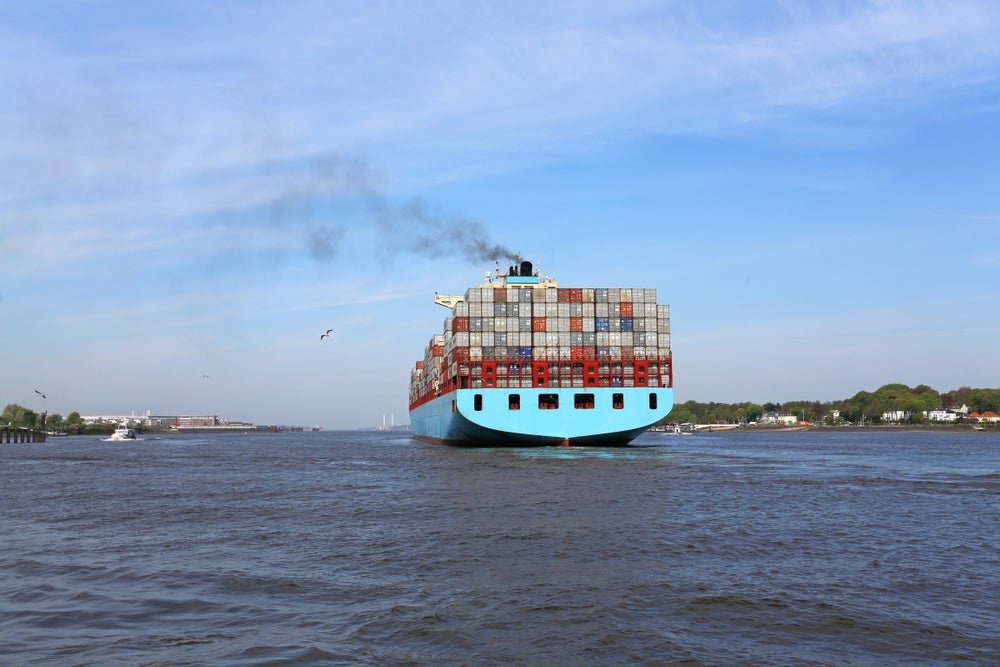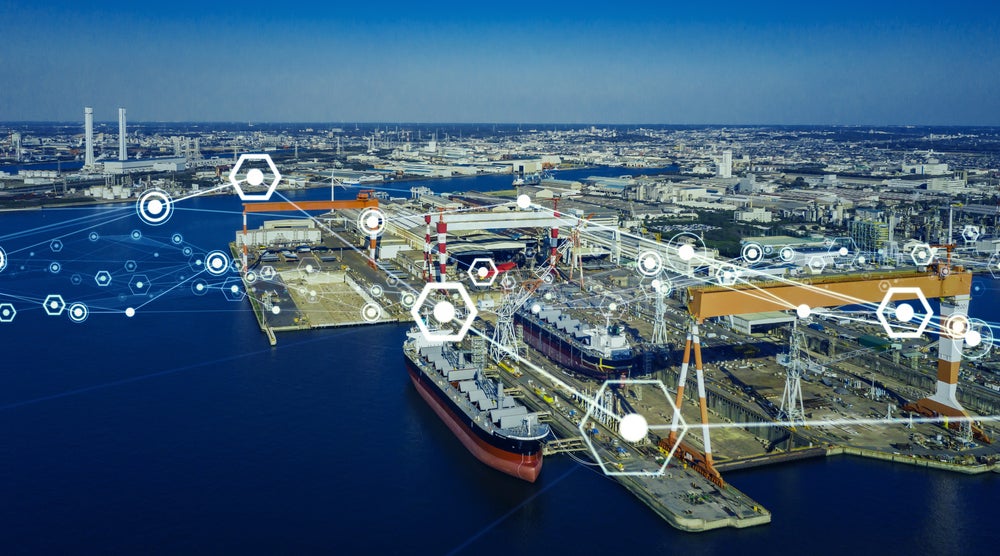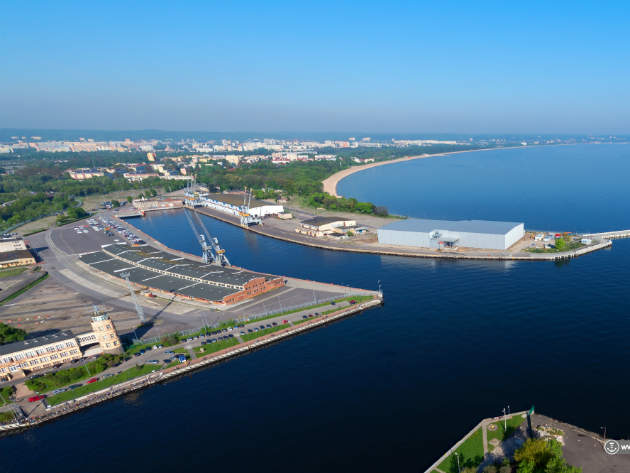
As one of the largest ports in the Baltic Sea, Poland’s southern Port of Gdansk has enjoyed a steady growth in trade volumes, despite a global downturn which the World Trade Organization attributes to a number of factors, including an economic slowdown in China, a severe recession in Brazil, falling prices of oil and other commodities, as well as exchange rate volatility.
As a major international transportation hub situated in the central region of the southern Baltic coast, it is reaping the benefits of a good geographical position in one of the fastest growing basins worldwide.
The port handles a mix of containerised cargo, citrus fruit, sulphur, phosphorites, passenger ferries and Ro-Ro vessels at its Inner Port, as well as raw materials such as liquid fuels, coal and liquefied gas in the Outer Port.
Its trade volumes have followed a strong upward trend since 2011, reaching 37 million tons last year, and as a result, the port authority has been investing in continued development works to improve connectivity and capacity at the port.
In March, the Port of Gdansk Authority (PGA) met with Poland’s minister of maritime economy and inland navigation, Marek Gróbarczyk, to reveal plans for the construction of deepwater transhipment quays, a new Ro-Ro terminal and the establishment of the Central Port.
Preparing to welcome the largest vessels
The port is currently comprised of the Inner Port stretching along the Dead Vistula, the port canal, and the Outer Port region with direct access to the Gulf of Gdansk.
How well do you really know your competitors?
Access the most comprehensive Company Profiles on the market, powered by GlobalData. Save hours of research. Gain competitive edge.

Thank you!
Your download email will arrive shortly
Not ready to buy yet? Download a free sample
We are confident about the unique quality of our Company Profiles. However, we want you to make the most beneficial decision for your business, so we offer a free sample that you can download by submitting the below form
By GlobalDataThe new development plans, included in the ‘Strategy of development of Port of Gdansk by 2027’, involve the construction of a Central Port, complete with new deepwater terminals to handle some of the largest vessels entering the Baltic Sea.
The implementation work and the construction of the individual transhipment terminals are planned for the period after 2020.
According to PGA, the new developments, to cover a general area of 500 hectares, will “strengthen the potential of Gdansk as the largest Polish sea port capable of competing with the ports of Western Europe.”
The most important investment will be taking place at the Outer Port, which will see the development of access infrastructure and widening of the existing fairway. These changes, coupled with construction of new breakwaters and turntables, hope to meet the increasing movement of ships projected for the Outer Port in the coming years.
The project also includes upgrades to the Inner Port, which involves extending the quays, along with the deepening of the fairway in the area to reach 90m in width and 12m in depth.
Both parts of the project are co-financed by European Union (EU) from resources of the Connecting Europe Facility. The EU is subsidising more than €24m for the works to the Outer Port, and €93m for the Inner Port modernisation.
Once completed, these projects will use up all the land available for onshore infrastructure development along the shoreline, PGA says, which is why extra conceptual work is exploring the development of another area of the port in the deep waters of the Gulf of Gdansk.
The most recent announcements, revealed at the start of this year, came after the delivery of a new railway bridge that provides access to the right bank of the port, as well as the recent upgrade to the railway line from the Gdansk Northern Port station to the Pruszcz Gdanski station, both completed by the Port Authority last year.
“The dynamic recovery in the global maritime economy has had a huge impact on the intensification of development plans for the Gdansk port,” the PGA said. “In today’s world, ports are not only hubs connecting the maritime and land transport station, but are a key link in the global supply chain that generate added value.”
Gdansk as a key European link
The Port of Gdansk is the largest and the oldest Polish seaport which, over the past decade, has slowly but steadily built its reputation as one of the leading ports in the Baltic. In 2016, it ranked sixth place in terms of trade volumes in the area, and only second behind St. Petersburg in terms of the number of containers handled.
The port’s main trading partners are Russia (in a proportion of 54%), followed by the UK and Estonia with 8% each, as well as the Netherlands, Norway, Sweden, Germany and Belgium.
Gdansk is also seen to play a significant role in the EU’s Trans-European Transport Corridor 1, a strategy that aims to connect the Nordic countries with Southern and Eastern Europe.
“Owing to its geographical and market-related location the Port of Gdansk is well-suited for playing the role of a distribution centre oriented towards the Baltic Sea Region, as well as the Central and Eastern European states,” according to the PGA.
“The planned investment projects aim at the best possible level of cohesion between the Port of Gdansk on the one hand, and the infrastructure of Corridor 1 and the entire EU transportation network on the other hand.”
Looking towards 2027, the port’s strategy aims to ultimately double its current throughput capacity and “diametrically change Poland’s position in the Baltic area and in East-Central Europe.”
“The high dynamics of growth in transhipments in general, […] the capability to handle bigger and bigger vessels, broad interest among potential investors, and at the same time, high dynamics of Poland’s economic growth, provide a realistic basis to assume that the Port of Gdansk and its further development will keep growing in the coming decades,” PGA said.



